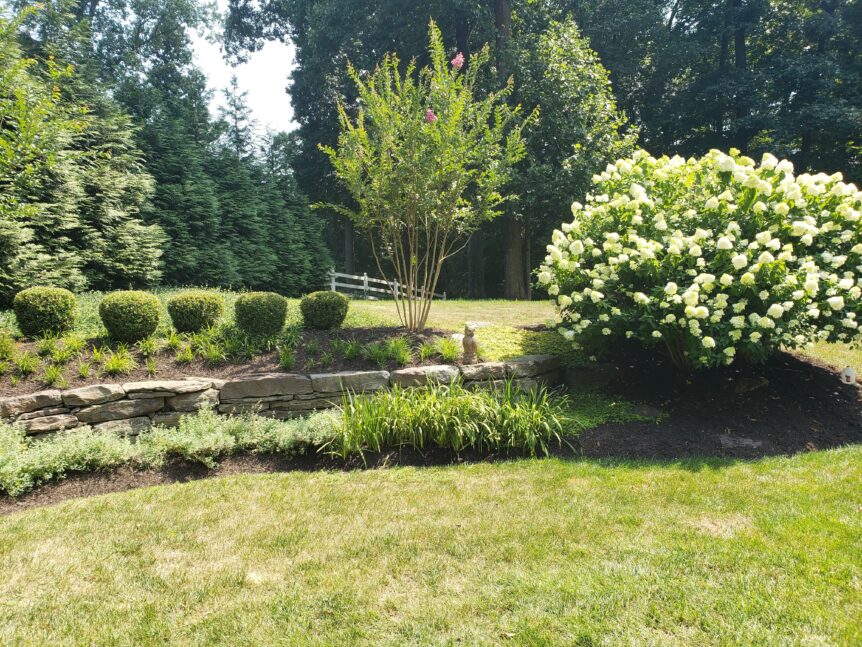Pruning can be an intimidating and sometimes intricate subject, and even when focusing solely on the science of it, there’s much to learn.
For those new to the art of pruning, the fear of making a wrong cut and harming a beloved tree can be daunting. However, it’s essential to recognize that plants are generally resilient, and a few missteps are unlikely to be fatal.
The key to effective pruning lies in understanding how a plant is likely to respond to it. Familiarizing yourself with some fundamental principles can significantly improve your ability to predict plant reactions and, consequently, enhance your pruning skills.
When’s the Best Time to Prune a Plant?
Timing plays a crucial role in a plant’s ability to withstand cold temperatures. Pruning at the wrong time, especially over-pruning, can lead to a loss of cold tolerance or late-season regrowth that doesn’t have sufficient time to harden before winter.
What drives plant growth?
Energy balance is at the heart of pruning strategy. One of the most common questions regarding pruning is, “When is the best time to prune a plant?” Traditional wisdom suggests pruning based on a plant’s flowering patterns, but this overlooks the plant’s physiology. Instead of fixating on a single season’s blooms, it’s more beneficial to consider the plant’s overall energy balance.
Plant growth and vitality are driven by three key factors: carbohydrates and nutrients mobilized from stored reserves, current photosynthesis, and water absorption. These factors determine the plant’s energy balance, which is influenced by the size of the engines (energy sources) relative to the number of growing points utilizing these resources.
Understanding a plant’s energy balance is pivotal, as it governs the vigor of the plant’s response to major pruning. Pruning during the dormant season invigorates the plant, while doing so in late spring and summer tend to reduce its vigor.
Plant Hormones
Plant hormones, such as auxins and cytokinins, are instrumental in shaping a plant’s response to pruning. Auxins, produced in shoot tips, suppress the development of buds below, promoting apical dominance. Cytokinins, originating in young roots, stimulate bud growth and lateral branching. Balancing these hormones can influence a plant’s growth pattern and shape.
Healing
Pruning, inevitably, inflicts mechanical injury on a plant, leading to both immediate and delayed responses. Quick wound healing is crucial, and this is best achieved through proper pruning practices. Keeping cuts small, pruning during active trunk development seasons (spring and fall), and making clean cuts all contribute to optimal healing.
Helpful Rules of Thumb
Spring Flowering Shrubs: Prune AFTER flowering, as these plants set their blooms a year ahead. Trimming them after blooming ensures you won’t cut off next year’s buds. Avoid pruning in the fall or winter.
Summer Flowering Shrubs: Prune in the Fall or Winter, as these plants produce blooms on new growth. Late winter pruning encourages branching, new growth, and more flowers.
Hydrangeas. Hydrangeas often raise questions. It’s crucial to identify your hydrangea type to determine the right pruning time.
- Bigleaf and Oakleaf Hydrangeas (H. macrophylla & H. quercifolia): These varieties bloom on the previous year’s growth, characterized by their large pink or blue flowers or oak leaf-shaped leaves. Lightly prune to shape immediately after flowering.
- Smooth and Hardy Hydrangeas (H. arborescens & H. paniculata): These hydrangeas bloom on new growth, with round white blooms or large conical flowers. Prune them heavily in late winter or early spring.
Fall Pruning
Understanding the science behind pruning can help you become a more skilled pruner, ensuring a healthier and more flourishing garden. Don’t be discouraged by the complexity; instead, embrace the opportunity to improve your gardening expertise. But if you need help, give our team a call.
Need Help with Pruning and Fall Landscape Clean-Up?
Our offered services include garden pruning, mulching, trimming, garden debris removal and leaf removal, performed by experienced landscape professionals. Serving Harford, Baltimore and Cecil Counties, we’d be happy to discuss a plan with you to maintain and manage your yard and gardens. Schedule an Appointment here!

